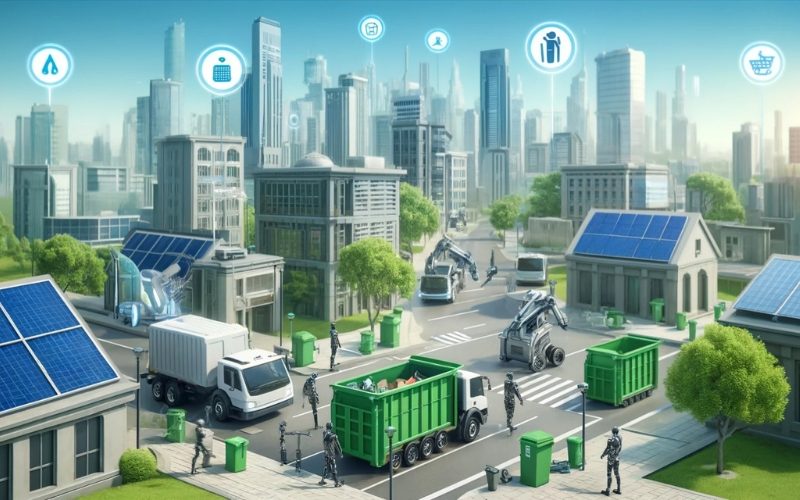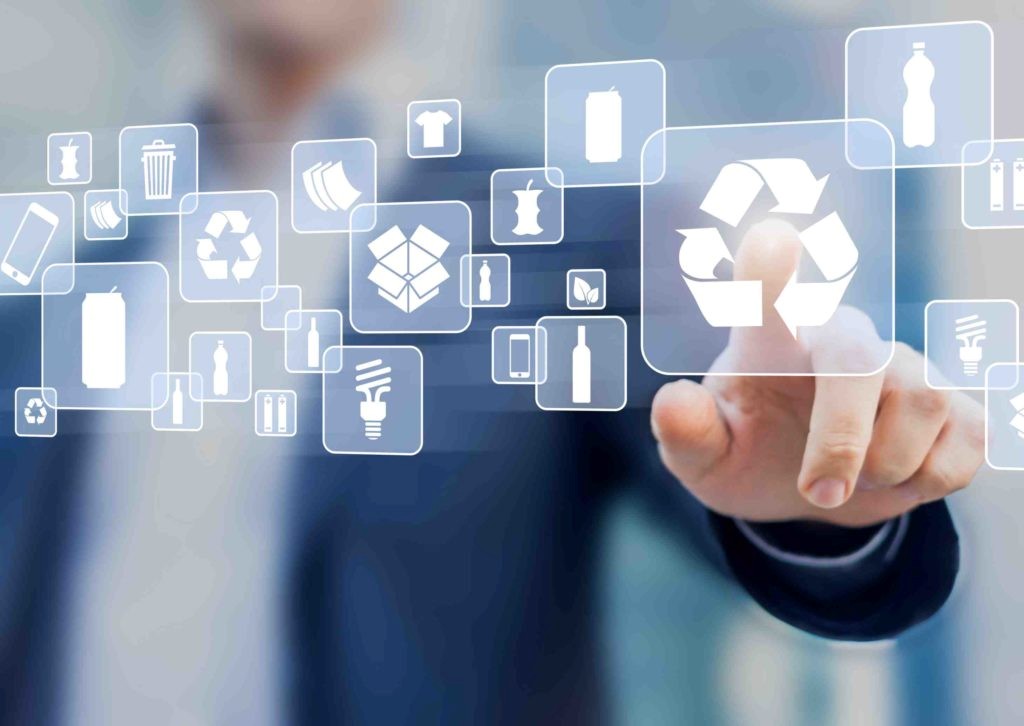Imagine walking through your city and never coming across an overflowing trash bin again. It sounds like a dream, right? Well, thanks to the IoT, this dream could soon be a reality. In this article, we will discuss the how IoT-driven waste management systems that can keep our urban landscapes clean and efficient.
Challenges in Traditional Waste Management
Waste management is a pressing issue in many cities. You might have noticed overflowing bins on your street. This is often due to inconsistent waste collection schedules. When collection times are unpredictable, trash can pile up quickly. It creates an unsightly mess and can even attract pests. Have you ever wondered how this impacts public health? Overflowing bins can lead to unsanitary conditions and increase the risk of disease.
Another major challenge is the lack of awareness regarding proper waste segregation. Many citizens do not know how to separate their waste correctly. This leads to contamination of recyclable materials. Proper education on waste segregation can significantly improve recycling rates and reduce landfill waste.
High operational costs are also a significant issue. Inefficient routes and manual sorting increase expenses for waste management companies. When routes are not optimized, fuel consumption rises. This can lead to a waste of resources and money. In fact, operational costs can be reduced by up to 20% with IoT solutions. Why aren’t more cities adopting these technologies?
These challenges do not just affect aesthetics; they also have serious consequences for the environment and public health. Improper disposal of waste can lead to pollution of air, water, and soil. Each overflowing bin is a reminder of the larger problem at hand. The environmental impact is profound. It’s essential to recognize that waste management is not just about collection; it’s about creating a sustainable future.
How IoT Can Transform Waste Collection
Smart bins
Imagine walking down the street and seeing a waste bin that knows when it’s full. Sounds futuristic, right? But this is the reality with smart bins. These bins are equipped with sensors that monitor fill levels in real-time. This technology allows waste management companies to optimize their collection routes. In fact, real-time data from these smart bins can reduce collection routes by up to 30%. That’s less fuel, less time, and a greener approach to waste management.
Predictive maintenance of waste collection vehicles
Predictive maintenance is a game-changer for waste collection vehicles. IoT sensors can monitor the health of these vehicles and predict potential breakdowns. By addressing issues before they escalate, companies can reduce vehicle downtime. This not only enhances efficiency but also cuts maintenance costs by about 15%.
Automated sorting stations for waste segregation
Sorting waste is crucial for recycling efforts. Traditional sorting methods can be tedious and prone to human error. Enter automated waste sorting stations. With the help of IoT technology, these stations can improve waste segregation efficiency. They guide residents on how to properly separate their waste, reducing contamination and increasing recycling rates.
The integration of IoT in waste management not only enhances operational efficiency but also encourages public participation in recycling efforts. When you see smart bins and automated sorting stations, it’s easier to engage in sustainable practices. You can contribute to a cleaner, greener planet simply by being informed and involved.
Benefits of IoT Technology in Waste Management
The Internet of Things (IoT) is changing the game in waste management. You might wonder, how does this technology make a difference? The answer lies in its ability to optimize processes, enhance safety, and increase recycling rates. Let’s explore these benefits in detail.
1. Lower Operational Costs
One of the most significant advantages of IoT in waste management is the reduction of operational costs. How does it achieve this? By optimizing collection routes and enabling predictive maintenance.
- Route Optimization: Smart bins equipped with sensors can monitor fill levels. This data allows waste collection companies to plan efficient routes, reducing unnecessary trips. Imagine saving fuel and time!
- Predictive Maintenance: IoT sensors can track the health of waste collection vehicles. By predicting potential breakdowns, companies can perform maintenance before issues arise, minimizing downtime and repair costs.
2. Enhanced Safety for Workers and the Public
Safety is paramount in the waste management sector. IoT technology plays a crucial role in ensuring the safety of both workers and the masses.
- Real-time Monitoring: IoT sensors can detect hazardous fumes and leaks. This immediate alert system allows for quick action, protecting workers from potential dangers.
- Public Safety: By monitoring waste collection areas, authorities can ensure that bins are not overflowing. This prevents unsanitary conditions that could pose public health risks.
3. Higher Recycling Rates
Improved waste segregation methods lead to higher recycling rates.
- Smart Sorting Stations: IoT-enabled waste sorting stations help residents in properly segregating waste. This reduces contamination, making recyclable materials more valuable.
- AI-Powered Vision Systems: These systems automatically identify and sort waste materials. This technology enhances accuracy and efficiency in waste segregation.
The shift towards IoT not only addresses waste management issues but also aligns with global sustainability goals. The integration of IoT in waste management systems is not just a trend; it’s a necessity. It promises lower operational costs, enhanced safety, and higher recycling rates, creating a more sustainable future for all.
The Road Ahead
As cities evolve, the integration of the Internet of Things is becoming crucial for creating cleaner, and sustainable urban environments. The successful implementation of IoT in waste management hinges on effective partnerships and public awareness. Cities that embrace IoT-based waste management strategies can expect a significant in public engagement in waste management initiatives.


1 thought on “How IoT Technology is Transforming the Waste Management Sector”